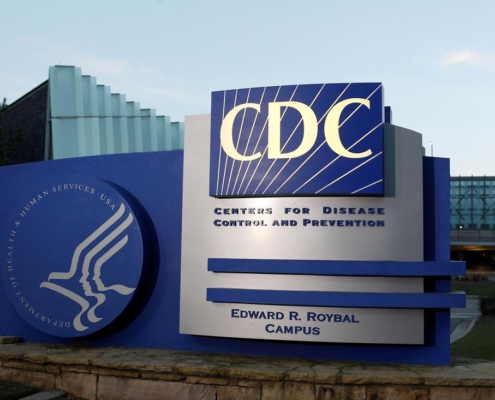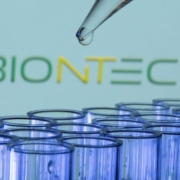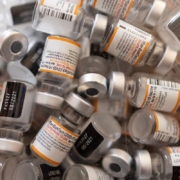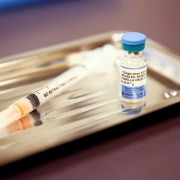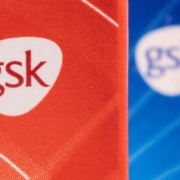RSV cases in US show signs of return to pre-pandemic seasonality – CDC
RSV cases in US show signs of return to pre-pandemic seasonality – CDC
April 6 (Reuters) – Respiratory syncytial virus (RSV) circulation is showing signs of return to pre-pandemic seasonality in the U.S. after two years of irregular onsets and peaks, the Centers for Disease Control and Prevention (CDC) said on Thursday.
Typically, cases of RSV virus that can cause severe illness or death in the very young and old rose in October before waning in April. But during the two years of the COVID-19 pandemic, the circulation pattern changed.
RSV cases in the most recent season started in June 2022 and peaked in November, while cases in the previous year started spreading in May and lasted through January 2022, the CDC said, adding that in the fall of 2020, cases were far lower than any usual season.
The varying timing could be challenging for drugmakers racing to get their RSV vaccines to the market. Pfizer Inc. (PFE.N) and GSK plc both have vaccines for people aged 60 and above that they hope to have approved in the U.S. and Europe this year, while Moderna Inc.’s (MRNA.O) candidate is behind the competition in development.
Each year, RSV infections typically result in about 58,000-80,000 hospitalizations among children aged below 5 years, and 60,000-160,000 hospitalizations among 65-year-olds and above in the United States, the study said.
The researchers from CDC on Thursday urged policy makers to continue surveillance this year due to uncertainty in the RSV case trends.
In both pre-pandemic and pandemic periods, RSV cases began to surge earlier in Florida and the Southeast and later in regions further north and west, the researchers said.
“Policy makers should consider RSV seasonality when making recommendations about the timing of studies and administration of new immunization and other RSV prevention products,” the report said.
Our Standards: The Thomson Reuters Trust Principles.
Source: Reuters

